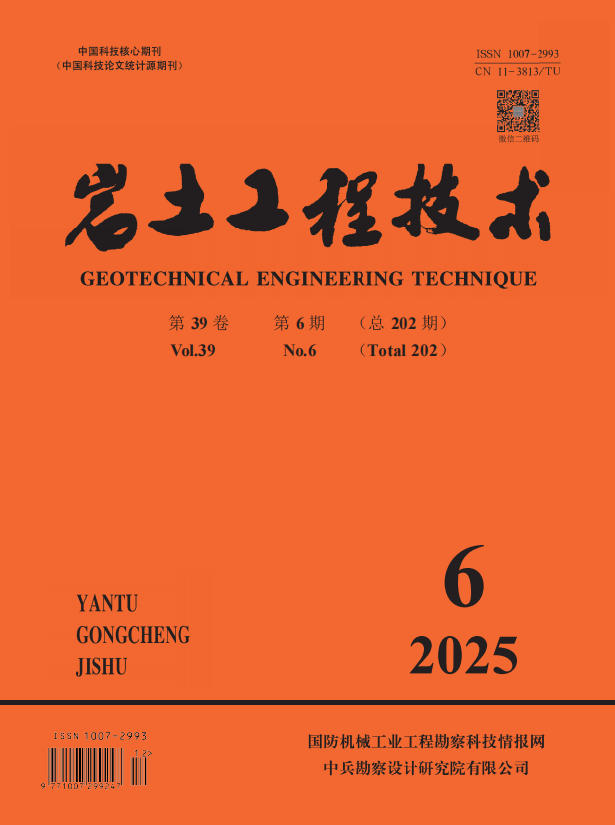Abstract:
The sand-cement ratio, the ratio of cement to gypsum and barite percentage of the total aggregate were selected as three factors, and every factor had five variable levels. According to twenty five schemes of material mixture ratio designed by orthogonal design method, shape volume testing, weighing, moisture content rate test, laboratory uniaxial compression test and split test were conducted. The tests results show that physical and mechanical indexes of similar material vary in a large range and can meet the needs for rock similar material in different physical model test of rock slope. Write a procedure for regression analysis based on MATLAB. Set the sand-cement ratio as X1, the ratio of cement to gypsum as X2, barite percentage of the total aggregate as X3, density indicators as Y1, compressive strength indicators as Y2, tensile strength indicators as Y3. Do regression analysis for the relationship between X1,X2,X3 and Y1,Y2,Y3 by using the procedure, and obtained the empirical formula of the cement & plaster similar material density, compressive strength and tensile strength. We can calculate the material ratio by physical and mechanical indicators of similar material with the empirical equation based on the mix design.



